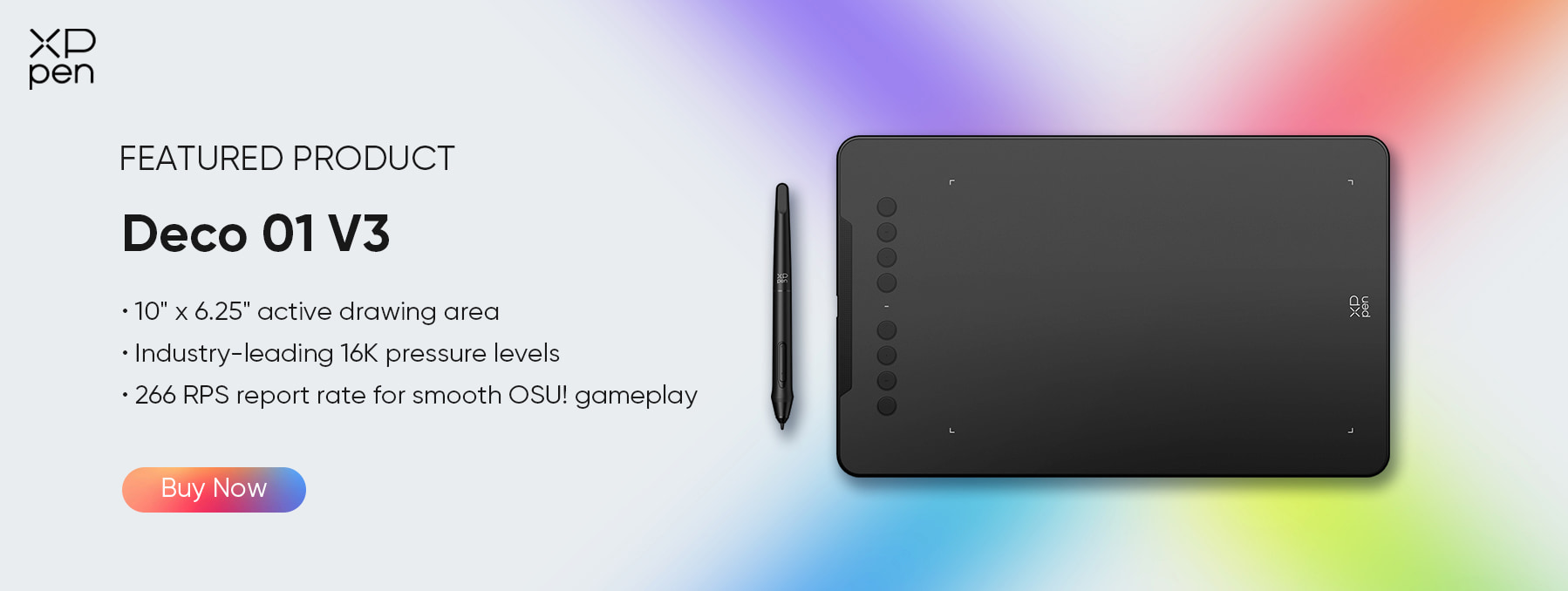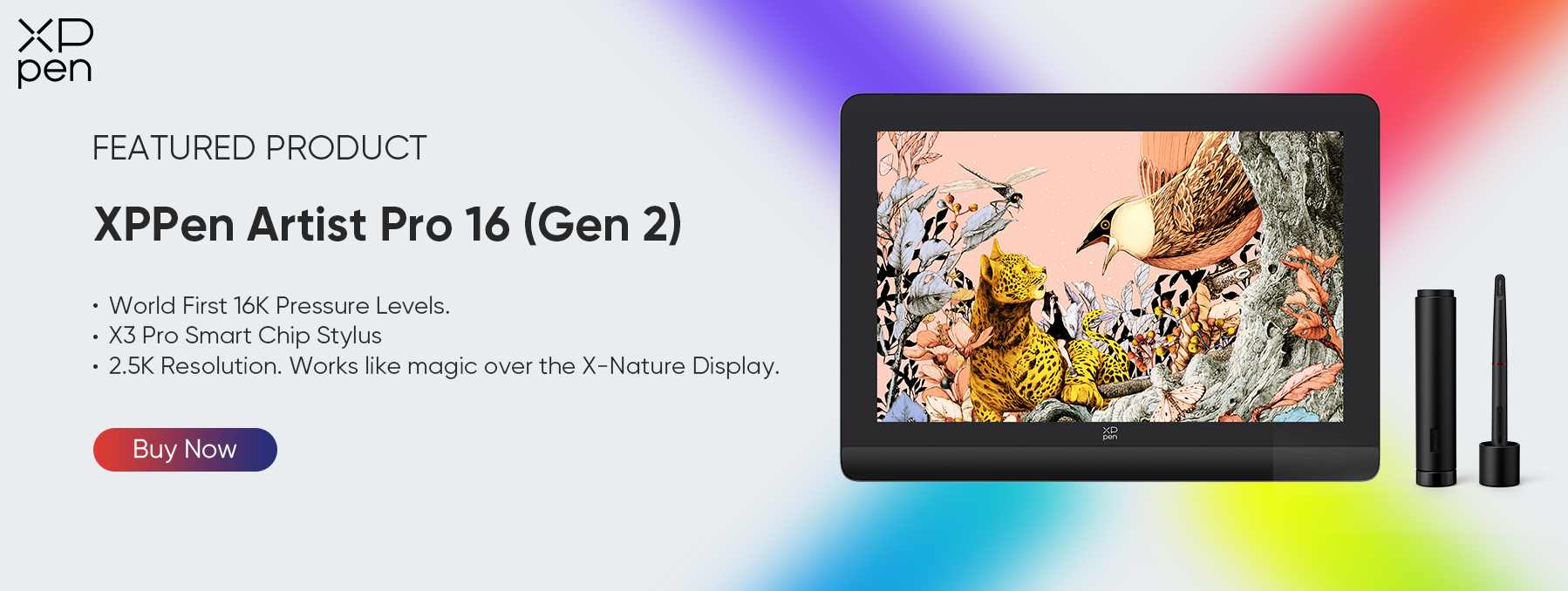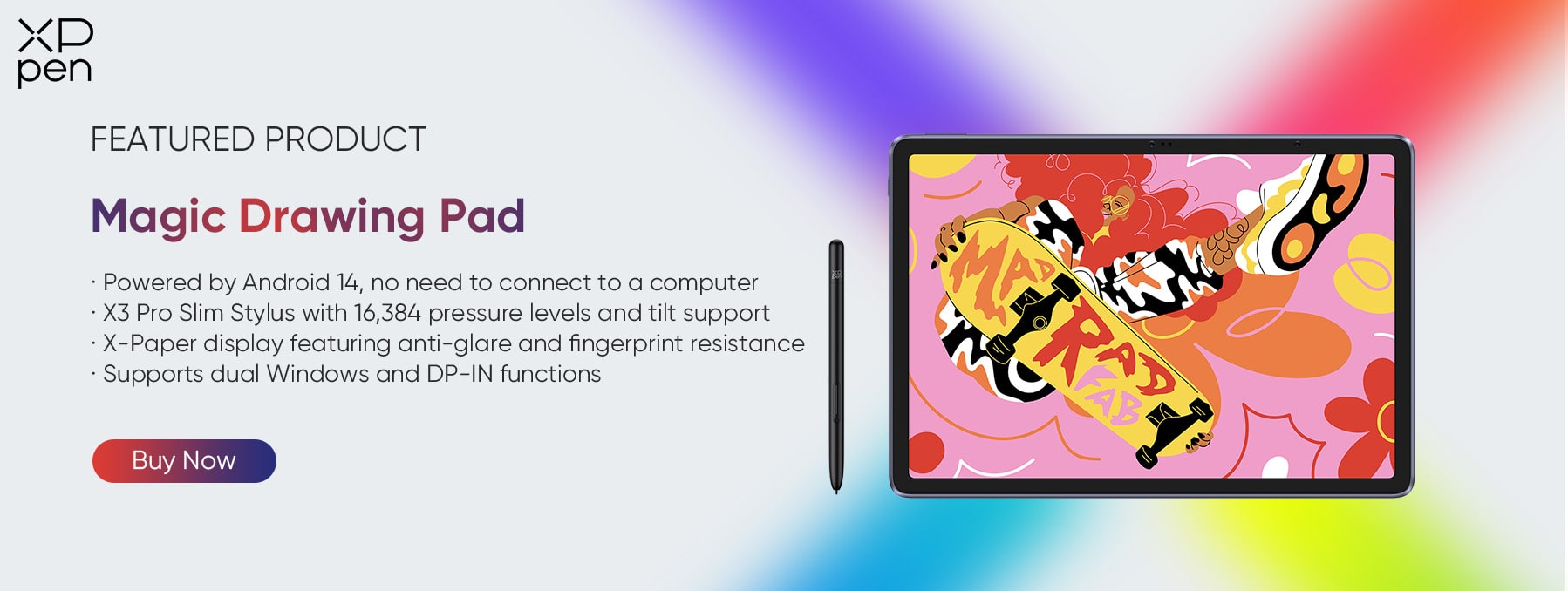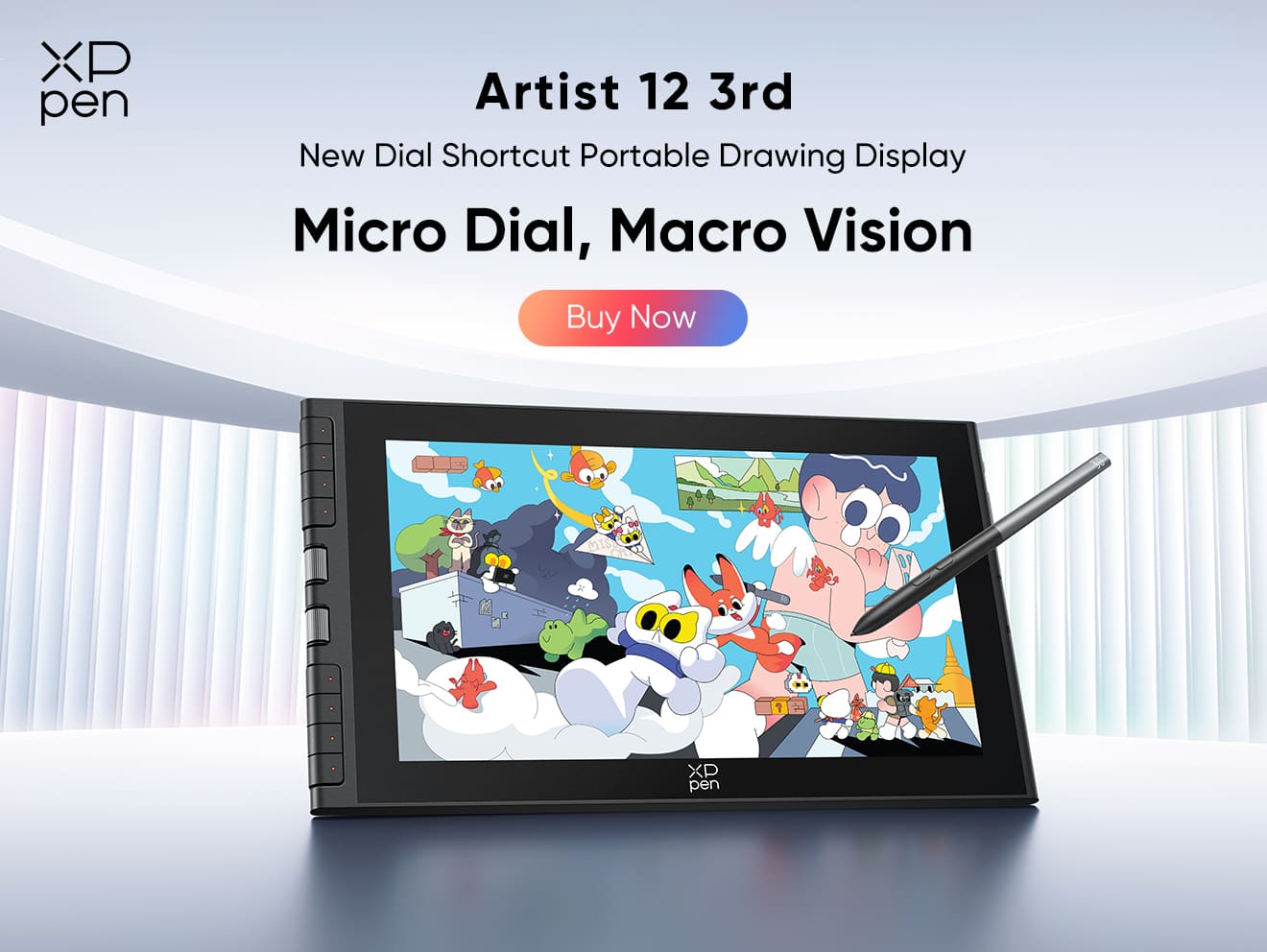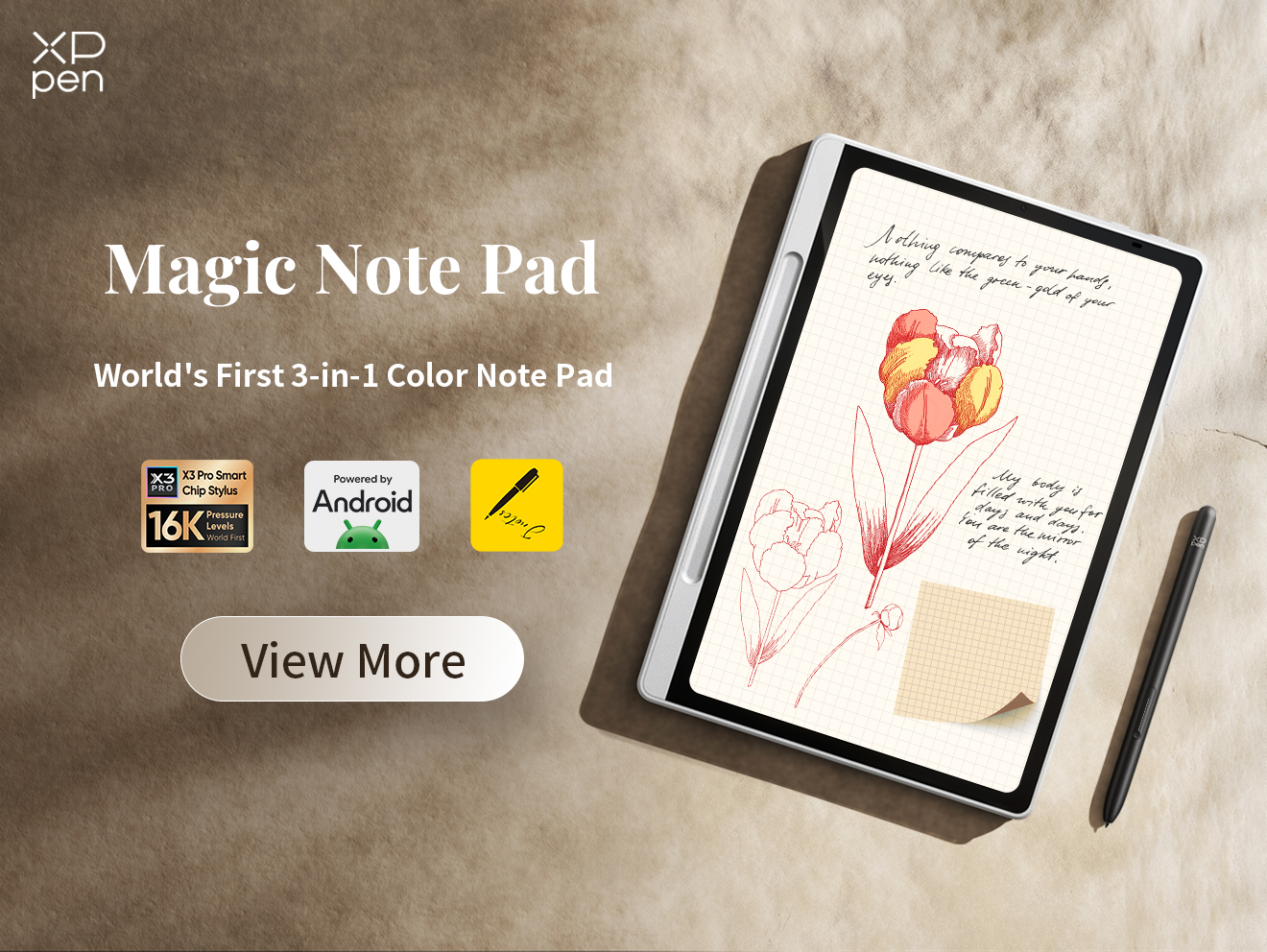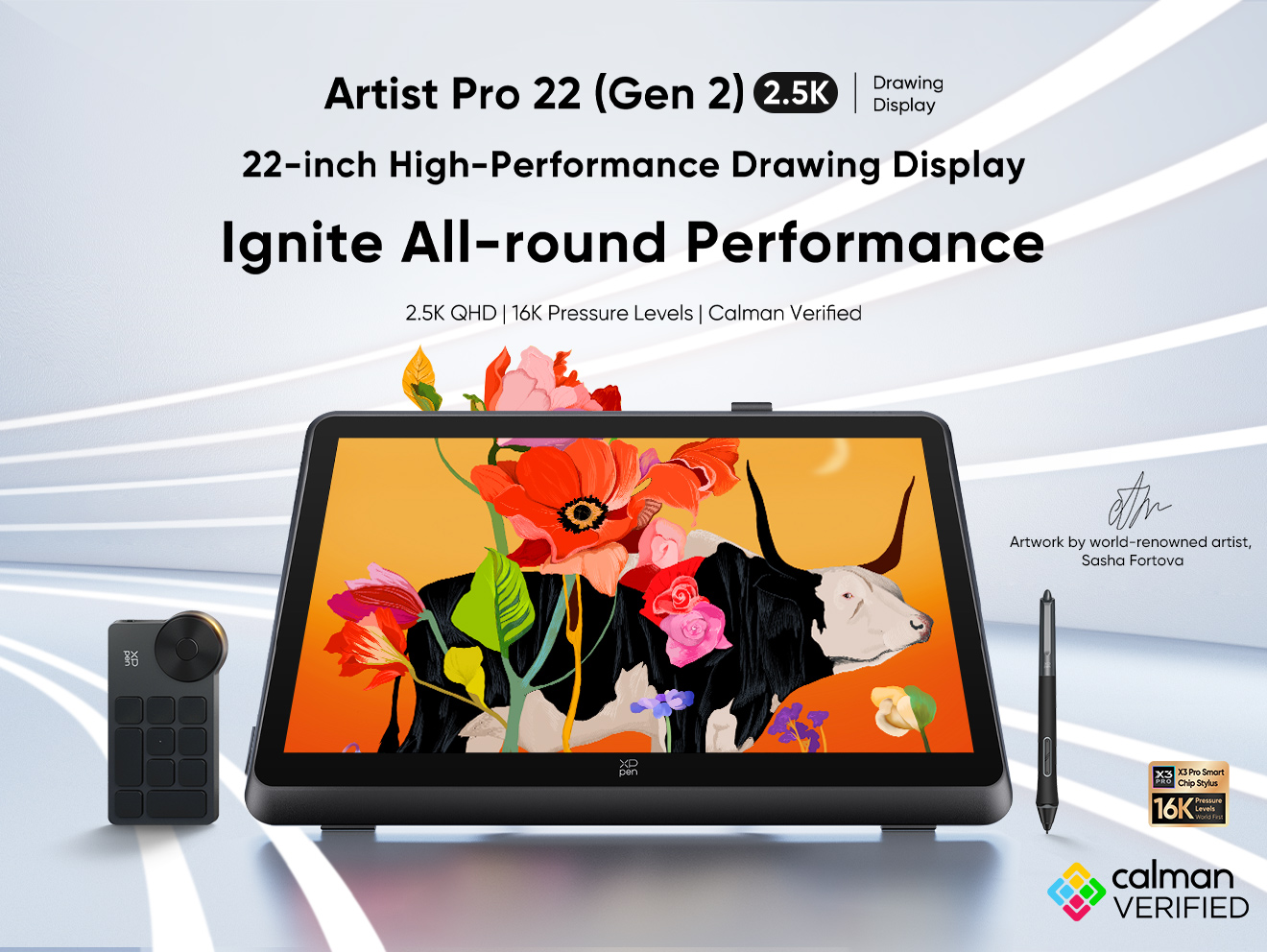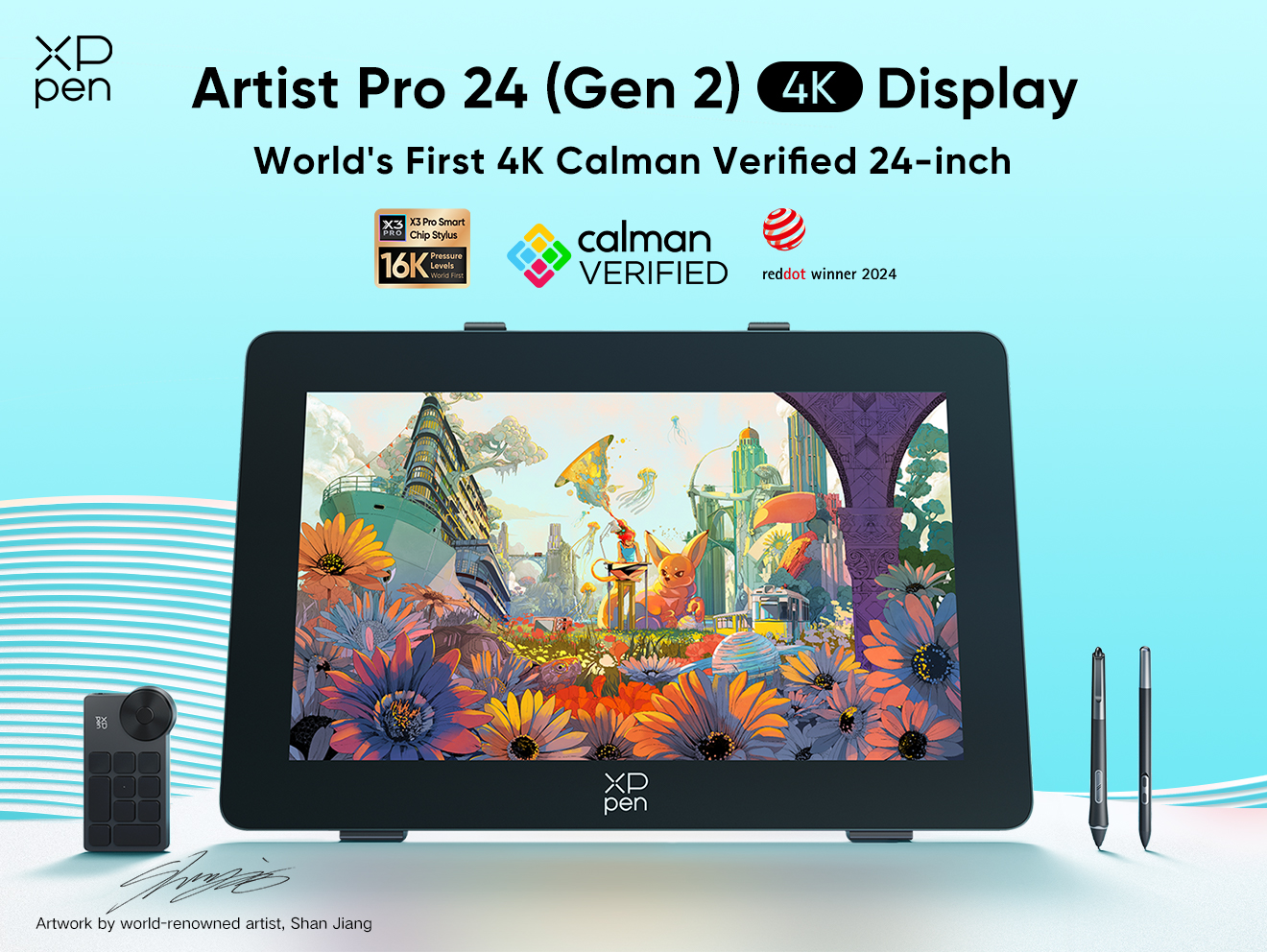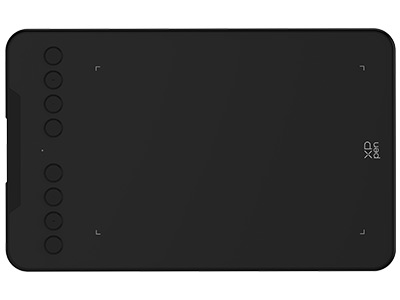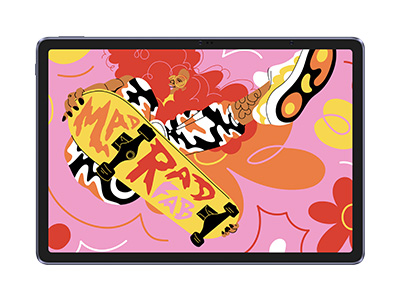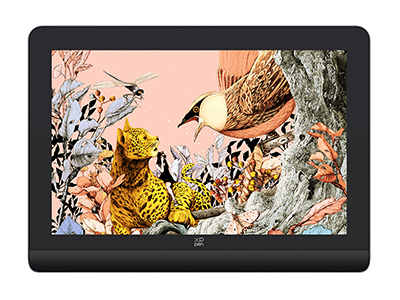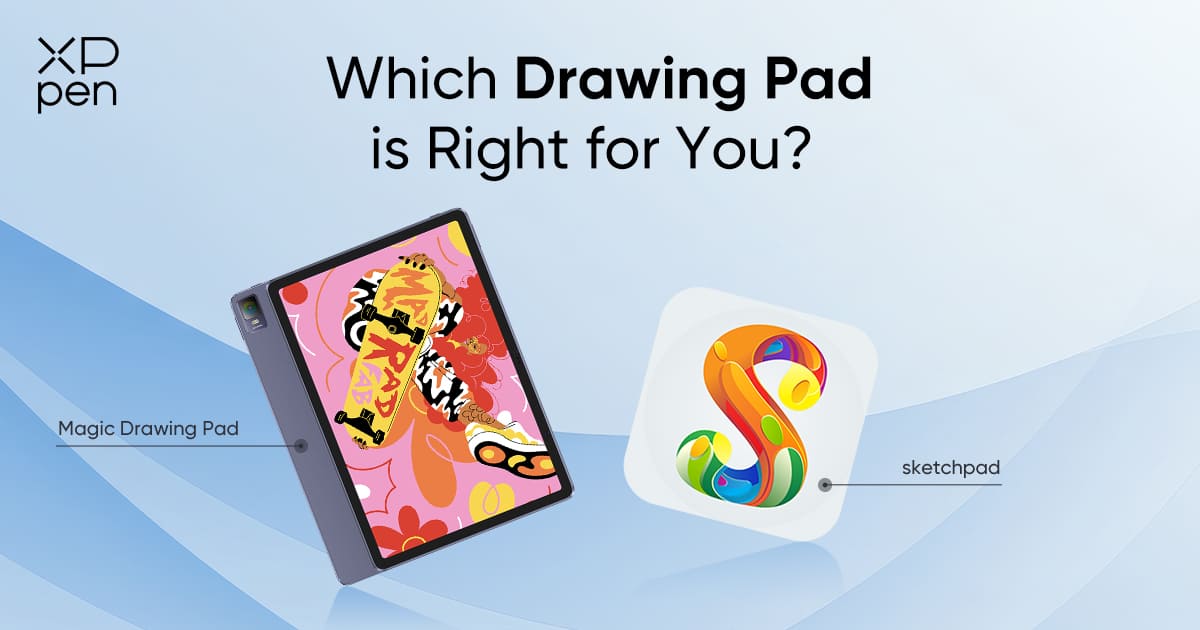
Which Drawing Pad is Right for You? Explore Hardware Devices and Online Platforms
TIPSIntroduction
The world of drawing has undergone a remarkable transformation over the past few decades—shifting from the traditional realm of paper, pencils, and paints to the dynamic landscape of digital pads. This evolution isn’t just a passing trend; it’s a response to the changing needs of modern creators. In the early days, artists relied solely on physical materials, where every stroke was permanent, and corrections often meant starting over. Today, digital drawing tools have revolutionized this process, offering flexibility, efficiency, and endless creative possibilities that paper simply can’t match.
When you think of a "drawing pad", what comes to mind? A hardware drawing tablet or an online tool? Which do you prefer? This article will detail the differences between these two tools.
Hardware Drawing Pads: From Hobbyist to Pro
Pen Tablets (Without Screen)
Display: No screen; draw while looking at your monitor
Drawing Experience: Requires hand-eye coordination practice
Ease of Use: Slight learning curve for new users
Price: Budget-friendly, under $100.
For example, XPPen Deco 01 V3 is a popular pen tablet without a screen. It features a large drawing area, a pressure-sensitive stylus (with 16,384 pressure levels), and easy plug-and-play connectivity to computers. Its affordable price point, lightweight design, and compatibility with common design software (like Photoshop, Clip Studio Paint) make it a practical choice for those starting their digital art journey without investing in a screen tablet.
Pen Displays (With Screen)
Display: Built-in screen for direct drawing
Drawing Experience: Natural, intuitive—hand-eye coordination is direct
Ease of Use: Easier for beginners to adapt
The price range is large, from $200 to $2000.
For example, XPPen Artist Pro 16 (Gen 2) is a standout model designed for professional artists and designers. It features a 16-inch high-color-accuracy display (with 99% sRGB coverage) that delivers vibrant, true-to-life colors—critical for precise color matching in illustrations or designs.
The included stylus boasts 16384 levels of pressure sensitivity and supports 60° tilt recognition, enabling natural brush effects, shading, and line variation, just like traditional tools.
Standalone Drawing Pads
No computer required; built-in OS, processor, and battery.
Ideal for portable, on-the-go creativity.
For example, XPPen Magic Drawing Pad is a standalone drawing pad is engineered for on-the-go creativity, featuring a built-in Android system that lets you create without connecting to a computer. It boasts a paper-like X-Paper display with full-color rendering, no glare, and blue light reduction—ideal for long drawing sessions.
Equipped with a high-precision stylus (often with 16K pressure levels and tilt support), it delivers smooth, nuanced lines, while its slim design (6.9mm thick) and lightweight build (590g) make it easy to carry. With a large battery (8000mAh) supporting up to 13 hours of use and 33W fast charging, it ensures uninterrupted creation during travel or outdoor sessions.
Online Drawing Pads: Creativity Without Limits
While hardware drawing pads offer a tactile experience, online drawing platforms provide flexibility and accessibility—letting you create, collaborate, and share work without investing in expensive hardware. They’re divided into two main categories: browser-based tools and app-based solutions.
Browser-Based Tools
Browser-based drawing tools are designed for instant access. You don’t need to download or install any software; just open a web browser, navigate to the platform, and start drawing.
Key Advantages: Instant access—no downloads, updates, or storage requirements. They’re perfect for quick sketches, brainstorming sessions, or collaborating with others in real time. Most are free or offer free tiers, making them accessible to everyone.
Use Cases: Ideal for when you need to jot down an idea quickly (e.g., a logo concept or character sketch), collaborate with a team on a design, or share your work with others instantly. They’re also great for beginners who want to practice without committing to software or hardware.
Two popular examples are Sketchpad and Aggie.io:
Sketchpad: A simple, user-friendly tool that offers basic drawing features like brushes, shapes, text, and layers. It’s perfect for quick sketches or editing images, and it lets you save your work as PNG, JPG, or SVG files.
Aggie.io: A collaborative platform that supports real-time drawing with multiple users. You can invite friends or colleagues to a “canvas,” and everyone can draw, edit, or comment at the same time. It’s great for team projects, workshops, or even casual drawing sessions with friends.
App-Based Solutions
App-based drawing solutions are designed for mobile devices (like smartphones or tablets) but often have web versions too. They offer more advanced features than browser-based tools and are optimized for touchscreens and styluses.
Key Advantages: Mobile-friendly—you can create anywhere, whether you’re using a phone, tablet, or even a Chromebook. They support advanced features like custom brushes, layer masks, blending modes, and cloud saving, so you can pick up your work on any device. Many also integrate with popular design software, making it easy to export files to Photoshop or Clip Studio Paint.
Use Cases: Great for creators who want flexibility—whether you’re sketching on the commute, editing a design on the go, or working on a detailed illustration using a tablet stylus. They’re also popular among social media creators, who can quickly edit and share work directly to platforms like Instagram or TikTok.
Examples of top app-based solutions include Procreate Pocket and Canva:
Procreate Pocket: The mobile version of Procreate (a popular desktop app for artists). It offers 100+ customizable brushes, layer support, and advanced features like alpha locking and blend modes. It’s optimized for iPhone and iPad, and works seamlessly with the Apple Pencil—making it a favorite among mobile artists.
Canva: A versatile design app that’s great for both beginners and professionals. It offers thousands of templates (for social media posts, flyers, logos, etc.), a wide range of brushes and tools, and cloud saving. You can use it on your phone, tablet, or computer, and it’s perfect for creating polished, professional-looking designs without advanced design skills.
Comparing Hardware Devices vs. Online Platforms
| Aspect | Hardware Drawing Pads | Online Platforms |
|---|---|---|
| Precision & Control | High (pressure, tilt, stylus response) | Moderate |
| Accessibility | Requires purchase & setup | Free/low-cost, instant access |
| Best For | Professionals & serious learners | Casual artists, students, team collabs |
| Mobility | Portable but device-dependent | Any device with internet access |
Tips for Getting Started with Digital Drawing
Whether you’re using a hardware pad or an online platform, getting started with digital drawing can feel overwhelming. Here are some tips to help you build confidence and improve your skills:
Start Small: Don’t try to create a masterpiece on your first try. Begin with basic sketches—like, like lines, shapes, or simple objects (e.g., a cup, a tree, or a face). Focus on mastering the basics of your tool (e.g., how to adjust stylus pressure or use layers) before moving to complex work.
Explore Software Compatibility: Before buying a hardware pad, check if it works with the software you want to use. Most pads are compatible with popular tools like Photoshop, Clip Studio Paint, and Krita, but it’s always good to confirm. For online platforms, test out free tiers first to see if the tools meet your needs.
Experiment with Brushes, Pressure Levels, and Shortcuts: Digital drawing offers endless customization—take advantage of it! Try different brush types (e.g., pencil, watercolor, marker) to find your style. Play with pressure levels to create thin and thick lines, and learn keyboard shortcuts (e.g., Ctrl+Z for undo, Alt for eye dropper) to speed up your workflow.
Combine Online Tools and Hardware for Maximum Flexibility: Don’t limit yourself to one tool. For example, use a browser-based tool like Aggie.io to collaborate with a friend on a sketch, then import the file into a pen tablet to refine the details. Or use an app like Procreate Pocket to sketch ideas on the go, then export them to a pen display for final edits.
FAQ
What’s the difference between a drawing pad and an iPad?
A drawing pad is mainly for digital art input, with some needing a computer; an iPad is a multifunctional device with a touchscreen and iOS system, and has a wide app ecosystem. Some drawing pads mimic traditional drawing better, while iPads offer more general-use features.
Can I use a drawing pad without a computer?
Yes, some standalone drawing pads like the XPPen Magic Drawing Pad run on their own operating systems, such as Android, and don't need a computer. They come with pre - installed drawing apps and can access app stores for more software.
Are online drawing platforms good for professional work?
Some online drawing platforms can be good for professional work. For example, Procreate (also available online) offers features like layer support and customizable brushes, and Adobe Fresco has live brushes mimicking real-life ones. However, they may have limitations in high - end, complex tasks compared to dedicated desktop software.
Conclusion
Digital drawing tools—whether hardware pads or online platforms—have transformed the way we create art. Each has unique strengths: hardware offers a tactile, professional experience that’s ideal for long-term growth, while online platforms provide accessibility and flexibility for quick sketches or collaboration.
For creators looking to invest in their craft, standalone pads like the XPPen Magic Drawing Pad stand out: they combine portability, performance, and natural drawing feel, making them suitable for both beginners and professionals. However, the best approach is to mix and match tools to fit your workflow. For example, use a pen tablet for detailed work, an online platform for collaboration, and a mobile app for on-the-go sketching.
At the end of the day, the right tool is the one that helps you bring your ideas to life. Whether you’re a hobbyist or a professional, digital drawing tools give you the freedom to create without limits—so don’t be afraid to experiment, practice, and find what works for you.
About Us
Founded in 2005, XPPen is a leading global brand in digital art innovation under Hanvon UGEE. XPPen focuses on the needs of consumers by integrating digital art products, content, and services, specifically targeting Gen-Z digital artists. XPPen currently operates in 163 countries and regions worldwide, boasting a fan base of over 1.5 million and serving more than ten million digital art creators.
Learn moreRecommended Articles
ROUNDUPS 8 Best Art Drawing Pad Tablets for Kids FOCUSED Magic Drawing Pad: XPPen's First Standalone Drawing TabletLooking for the Best Drawing & Design Apps?
Discover essential drawing techniques, expert tips, and the best app recommendations to boost your creativity and master digital art.
